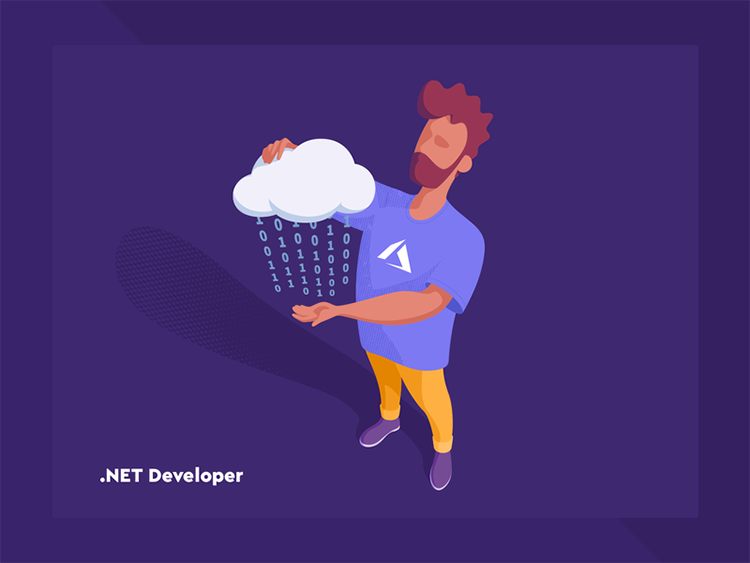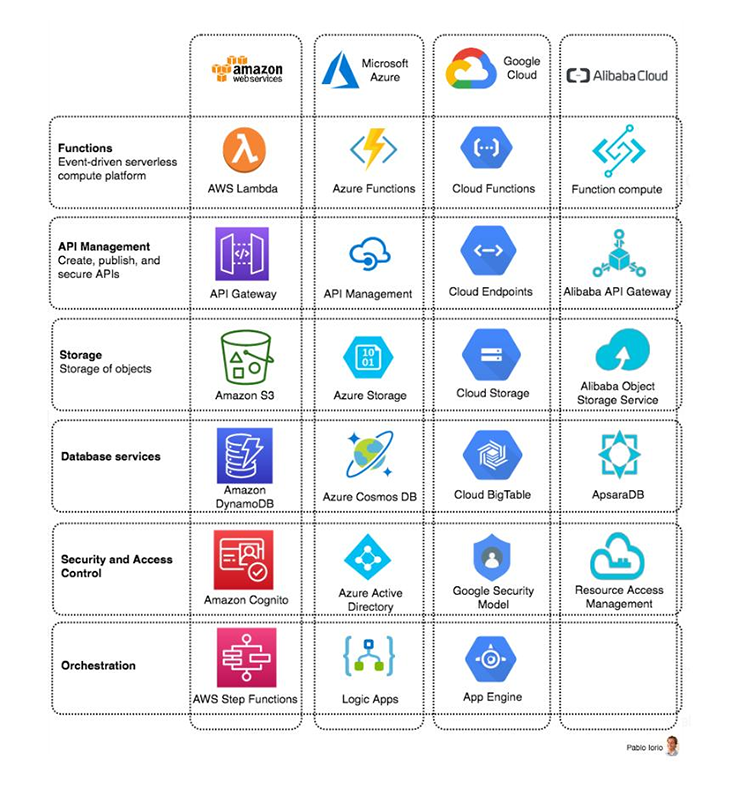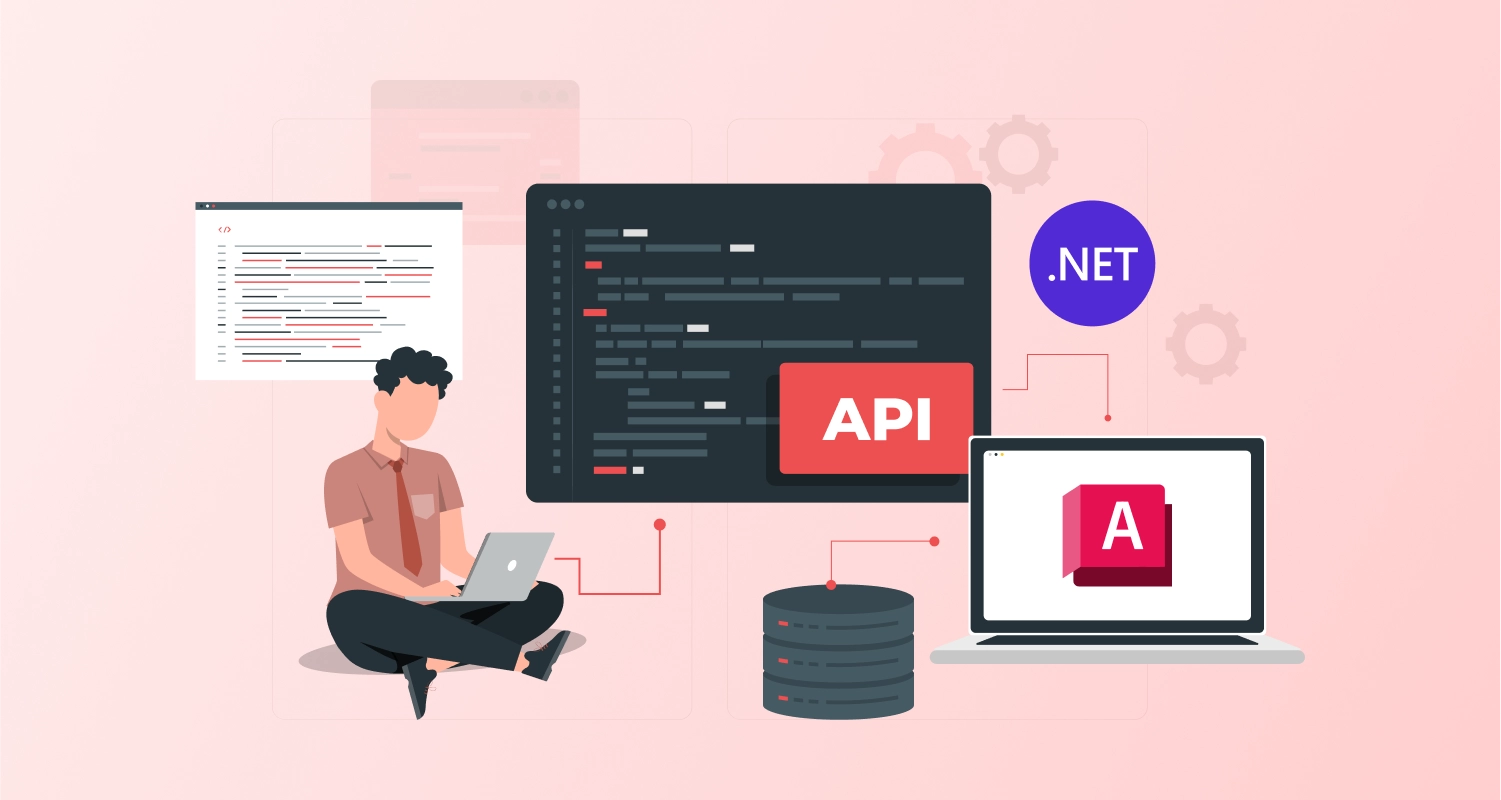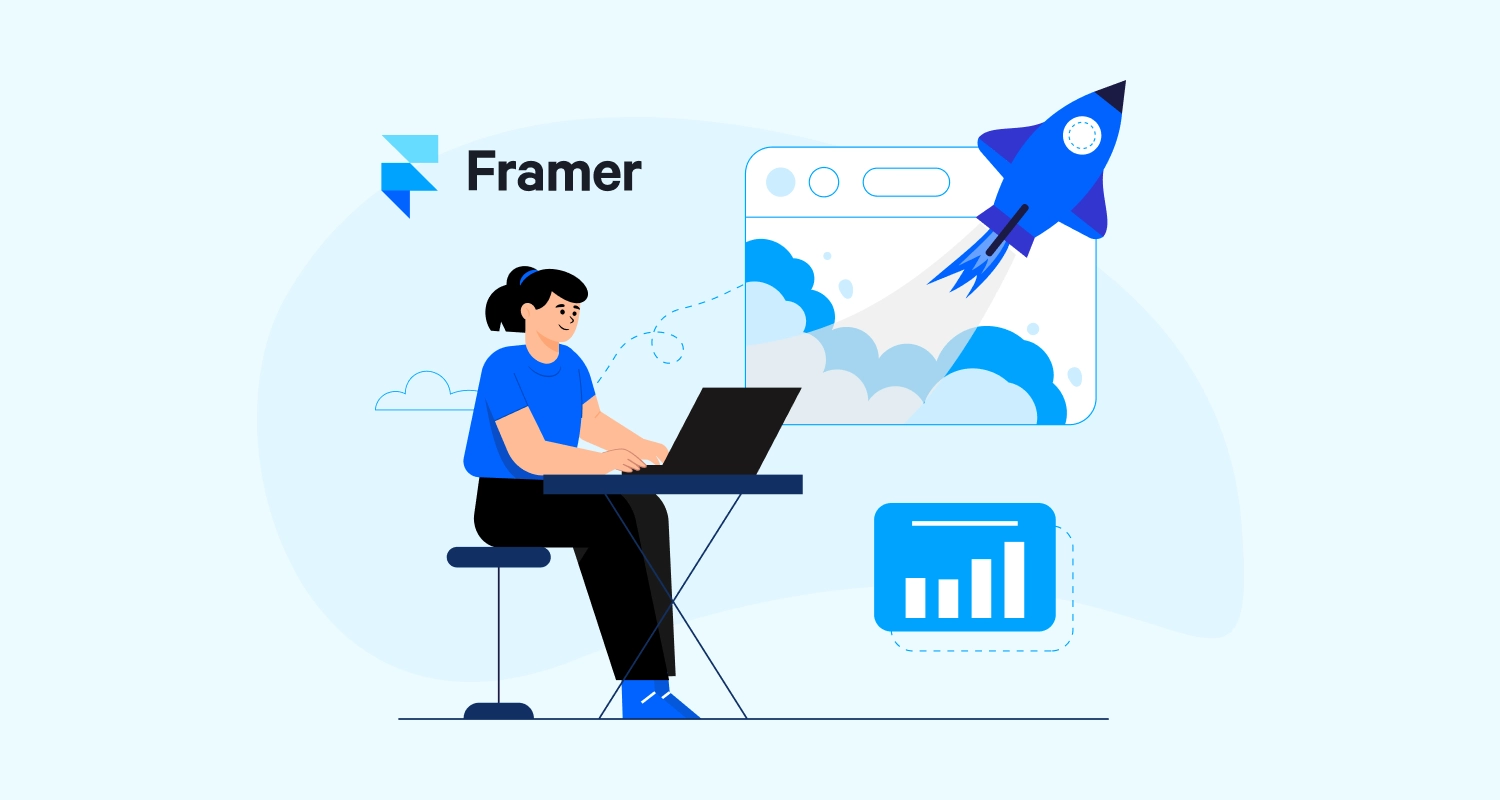The serverless architecture was launched in 2014 and since then the world’s biggest tech brands have embraced the technology and came with their own serverless architecture platforms for app development. One thing is sure, thanks to the serverless architecture building a robust and scalable application spending fewer resources and time became easier than ever before. Particularly for developing prototype development companies found serverless technology highly effective.
With so much promise and possibilities on offer, serverless architecture deserves the attention of any software development company. Here we are going to define the technology and how the technology has made the app development easier than ever before. Lastly, we will explain some of the leading serverless platforms out there.
How Serverless Architecture Became a Reality?
The world wide web cannot function without the servers. Even the emergence of cloud computing platforms could not reduce the role of servers in web and mobile app development. But after the launch of serverless architecture, even the cloud apps started to shift to cloud platforms. This dramatically transformed the way we build and distribute software applications.
The change obviously began with the cloud. Before cloud computing became a reality, servers were unmistakable parts of building an application. For server-side support you need to leave good space in the budget, make a meticulous plan to make use of the servers for the app performance and functioning. Still, when you hire dedicated developers and consider server support for an app development process, you need detailed planning, a good amount of time, big investment and a talent pool.
Now the shift came through the cloud and particularly, by Infrastructure as a Service (IaaS) architecture. No longer, questions such as ‘Why cloud?’ are asked as cloud-based remote support with infrastructure has become common and everyday reality for many developers across the niches. Now developers can choose any of their preferred virtual machines and can choose an operating system and start working on their project. The biggest benefit is they no longer need to pay any upfront fees or bear any cost for this.
Coming on to Serverless Architecture
Don’t have the false preconception that “serverless” doesn’t involve using a server. It only means app developers can be completely free from the worries of managing the servers. The server-side computing resources can now be utilised as services.
There are two distinctly different types of serverless architectures that developers use. They are respectively as follows.
BaaS
Backend as a Service or BaaS means using third-party cloud-based services or applications for handling the server-side app logic and states. These third-party applications or services can be cloud-hosted databases, authentication services, etc.
FaaS
Function as a Service or FaaS is another way for serverless architecture to work through the third-party stateless computing containers that are responsible to handle server-side logic. These containers mostly work when triggered by events and can be used for a single innovation,
Read More: How React Projects Can Go Serverless With AWS Amplify?
Leading Serverless Platforms in the World
Now that the role of serverless architecture and how they make the developers job easier are explained above, we should take a look at the leading companies who are providing serverless platforms for app developers worldwide.
Here we have picked 4 top serverless platforms.
AWS Lambda
AWS Lambda from Amazon Web Services has emerged as the leading platform to help developers running code without being concerned about administration and management. In the beginning, it only provided support to the NodeJS language, but now the platform supports a range of leading languages including C#, Python, Java and Go.
Using Lambda is really productive as Lambda developers only need to upload their application code and the execution will be taken care of. Developers have the option of carrying out the process manually or automating it through AWS services. For a whole array of processes during the development AWS Lambda can play a helpful role. From processing files to streaming and validating data to API requests handling, the platform can be effective for various development purposes.
The key features of AWS Lambda include the following.
- Easy and seamless integration with different AWS services
- Getting access to stateless Lambda functions
- The infrastructure is easily accessible and truly tolerant of errors
- The platform provides continuous monitoring
- The infrastructure is highly scalable
Azure Functions
This platform from Microsoft is basically an event-driven computing platform that provides support to an array of different programming languages such as JavaScript, C#, F#, Java, Python, PHP, TypeScript and a few others. The notable thing about this platform is that it can scale up or down the infrastructure capability as per the demand. When using the platform you just don’t need to plan for capacity.
Azure Functions pricing is also very flexible and the price depends on the total time needed to run your code. Besides, the platform has no upfront cost. To create the platform further attractive, Azure offers 1 million free of cost executions every month.
Google Cloud
Google Cloud is another leading platform for serverless computing solutions. There are several Google Cloud offerings. Let us have a look at the most important ones.
App Engine
This is a completely managed platform for building web and mobile applications. The platform allows you to deploy apps developed in PHP, Python, C#, Node.js, Ruby, Go, etc. The platform offers flexible payment options and developers can only pay for the resources they consume. They can scale up the resources based on demand.
Cloud Function
This is an event-driven platform from Google to help running Node.js and Python apps in the cloud. The service can be used for developing API processing, IoT backends, chatbots, sentiment analysis, stream processing, and many others.
Google Cloud offers a whole array of additional services for different IT needs including Storage, Firestore, BigQuery, Dataflow, Pub/Sub, ML engine, and several others.
Conclusion
Serverless architecture emerged as a winning solution for modern mobile app developers across the spectrum. What started with cloud services years ago turned to a more robust, seamless and value-driven serverless infrastructure. No wonder, big tech companies picked it as an opportunity to stay competitive in the development world.









